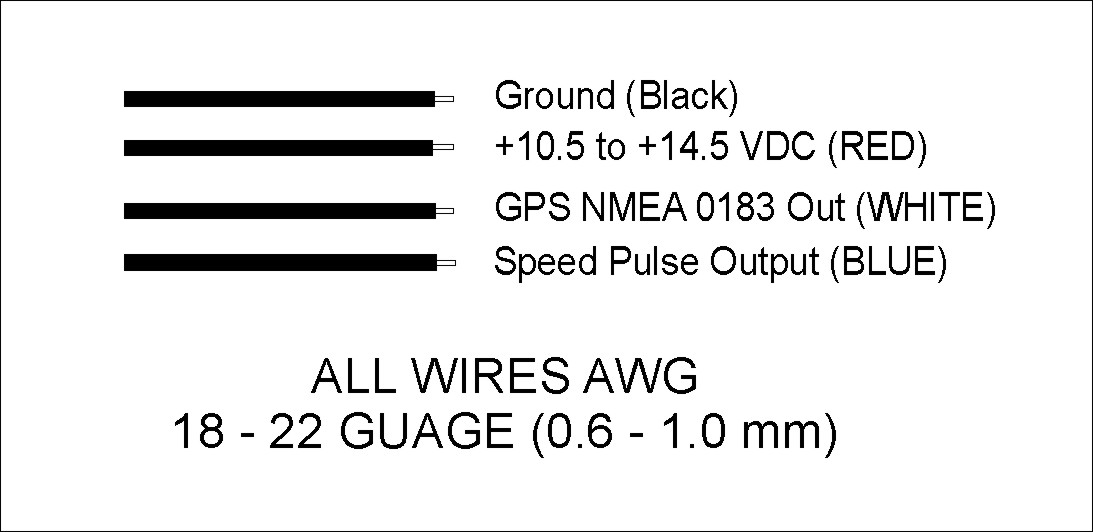
 Both the VHF Radio and the AIS Transponder may create their own collision alarms which will have to be silenced/managed.
Both the VHF Radio and the AIS Transponder may create their own collision alarms which will have to be silenced/managed. 
Some VHF radios also may be able to have their AIS NMEA output disabled. This may be able to be mitigated by setting the chartplotter to prefer a specific AIS source on the NMEA network.
 Both the VHF Radio and AIS Transponder can send AIS data on to the NMEA bus which could confuse other devices on the vessel (such as a chartplotter). There does not appear to be any such functionality in any of the Standard Horizon models, however owners report that if your MMSI is entered into the radio, SH radios like the GX2150 will filter it out automatically. In the Icom m506, m510, and m605 AIS models, for example, there is a menu setting to enter any MMSI’s that should be ignored, such as your own, or your tender (if applicable). The VHF Radios’ AIS Receiver may alarm for collision with your own vessel because it doesn’t have a way to filter out your own MMSI. Lastly, you could have a VHF Radio that has its own AIS Receiver in addition to an AIS Transponder. With this combination, you have to mitigate a few issues that result from having two receivers on board. However, to minimize the problems, we will show the simplest solutions that still provide all of the functionality you want from the combination of VHF, DSC, and AIS.Ĭombinations With Two Receivers: (Not Recommended) Since there are VHF Radios with and without AIS, as well as AIS Transponders with and without their own displays, there a number of combinations that you could end up with. For AIS Transmit and Receive, you need two pieces, a VHF Radio with DSC built-in plus an AIS Transponder. However, transmitting your own vessel information over AIS has safety/security benefits above and beyond what an AIS receiver provides. Get yourself a VHF radio that has GPS, DSC, and an AIS Receiver all built-in and you should be good to go. How do you make sure you can use features like DSC calling easily without having strange problems with AIS targets on your chartplotter, or nuisance collision alarms? How do you get the maximum benefit from the combination of these technologies? Making these things work properly takes a little research and the right answer depends on the devices you may already have on your boat.įor AIS Receive-only, you really only need one device now. A question that comes up often by customers and in online forums is how to properly integrate an AIS Transponder with a VHF Radio that supports DSC calling, and may or may not also have an AIS receiver built-in.
Both the VHF Radio and AIS Transponder can send AIS data on to the NMEA bus which could confuse other devices on the vessel (such as a chartplotter). There does not appear to be any such functionality in any of the Standard Horizon models, however owners report that if your MMSI is entered into the radio, SH radios like the GX2150 will filter it out automatically. In the Icom m506, m510, and m605 AIS models, for example, there is a menu setting to enter any MMSI’s that should be ignored, such as your own, or your tender (if applicable). The VHF Radios’ AIS Receiver may alarm for collision with your own vessel because it doesn’t have a way to filter out your own MMSI. Lastly, you could have a VHF Radio that has its own AIS Receiver in addition to an AIS Transponder. With this combination, you have to mitigate a few issues that result from having two receivers on board. However, to minimize the problems, we will show the simplest solutions that still provide all of the functionality you want from the combination of VHF, DSC, and AIS.Ĭombinations With Two Receivers: (Not Recommended) Since there are VHF Radios with and without AIS, as well as AIS Transponders with and without their own displays, there a number of combinations that you could end up with. For AIS Transmit and Receive, you need two pieces, a VHF Radio with DSC built-in plus an AIS Transponder. However, transmitting your own vessel information over AIS has safety/security benefits above and beyond what an AIS receiver provides. Get yourself a VHF radio that has GPS, DSC, and an AIS Receiver all built-in and you should be good to go. How do you make sure you can use features like DSC calling easily without having strange problems with AIS targets on your chartplotter, or nuisance collision alarms? How do you get the maximum benefit from the combination of these technologies? Making these things work properly takes a little research and the right answer depends on the devices you may already have on your boat.įor AIS Receive-only, you really only need one device now. A question that comes up often by customers and in online forums is how to properly integrate an AIS Transponder with a VHF Radio that supports DSC calling, and may or may not also have an AIS receiver built-in.










